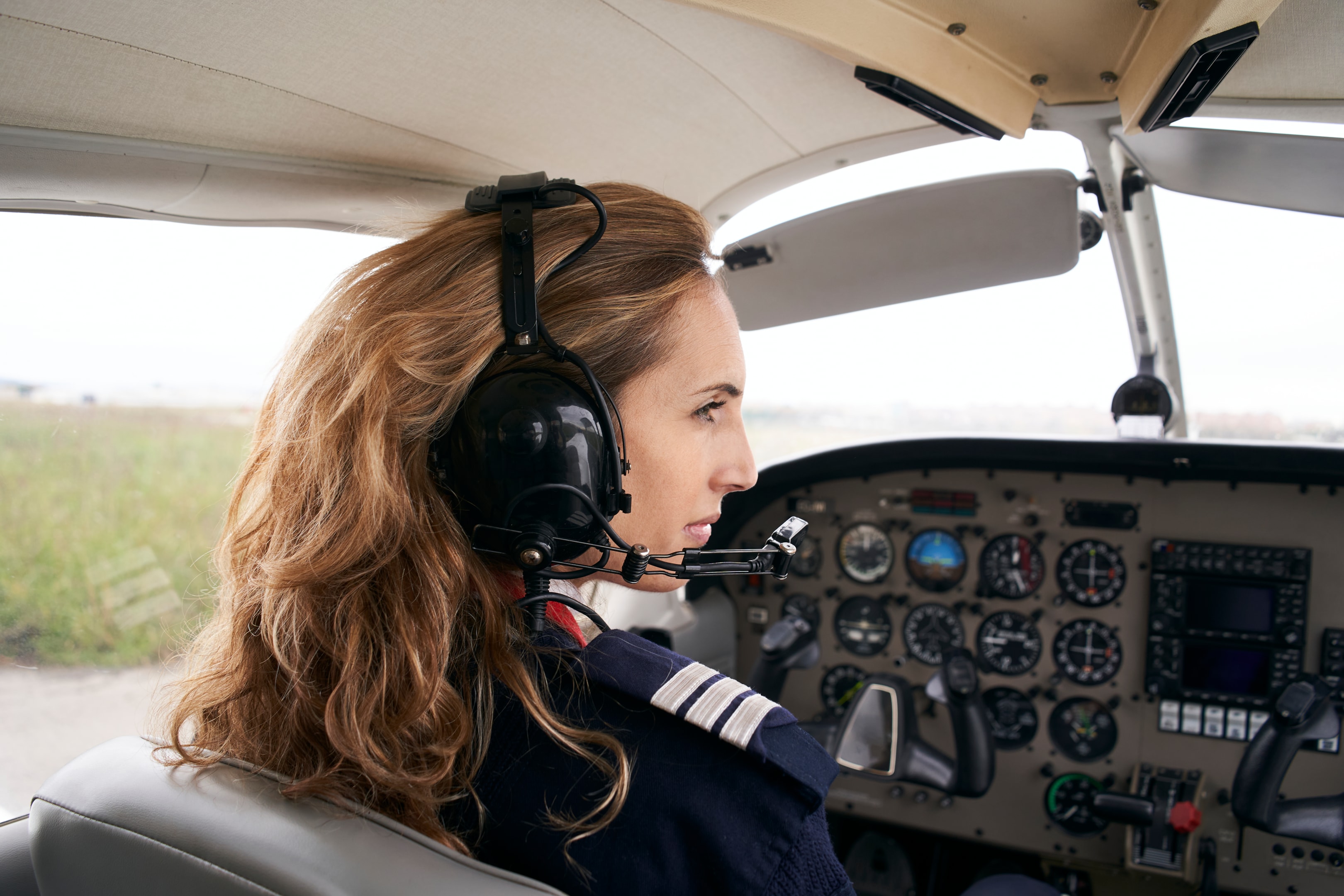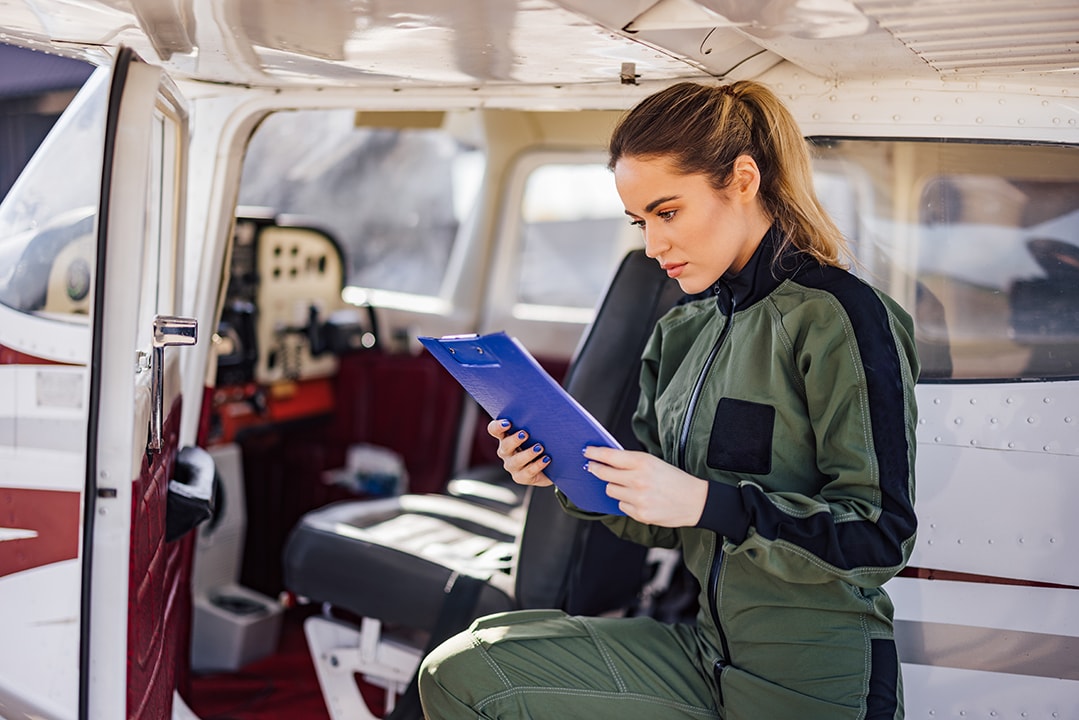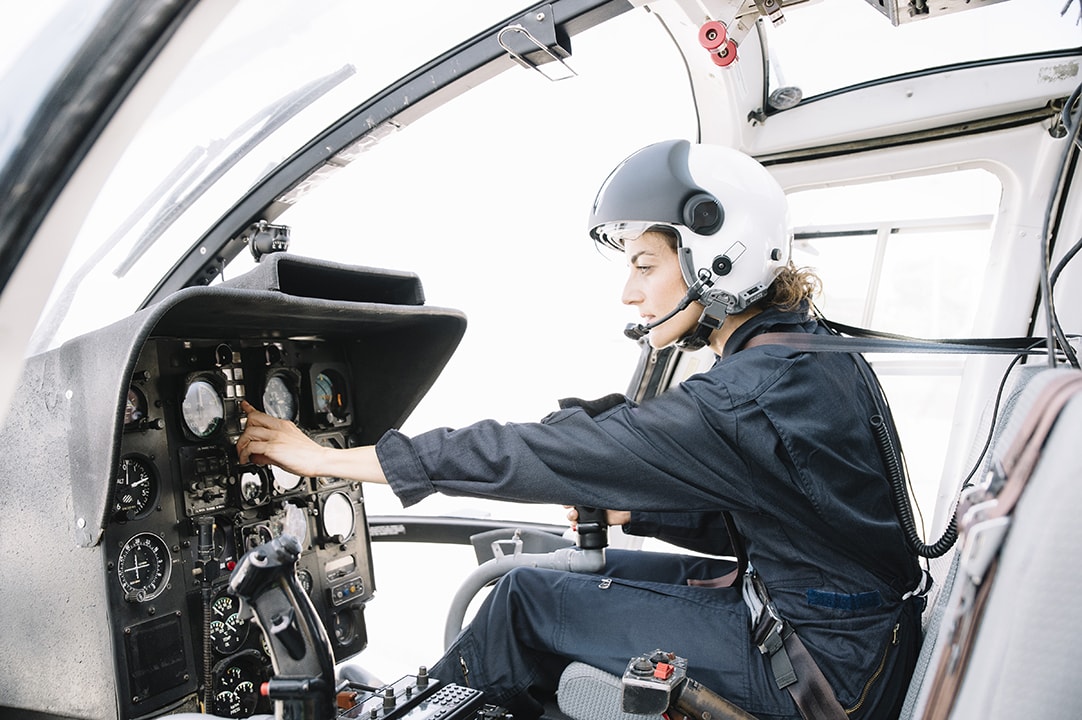Sport Pilot Medical Catch 22: Solutions and Insights
Oct 16, 2025
Understanding the Catch 22
The “catch 22” in sport pilot medical certification refers to a frustrating dilemma where a pilot with a medical condition finds themselves stuck in a loop.
They cannot obtain a medical certificate because of their condition, yet they also cannot legally fly without that certificate to prove they are fit to operate an aircraft safely.
The Federal Aviation Administration (FAA) controls the certification process and sets the eligibility rules, which means pilots must meet their strict standards to qualify.
This situation creates a significant barrier, especially for those seeking a sport pilot certificate or other pilot certifications, as the FAA requires medical evidence to ensure the safety of both the pilot and the public. Medical certificates are only granted after the FAA determines that all requirements are met.
This challenge often complicates the process of obtaining a Sport Pilot Certification, making it essential for pilots to navigate the requirements carefully.
This catch 22 is particularly challenging for pilots managing ongoing medical conditions like diabetes, high blood pressure, or other health issues requiring regular treatment and monitoring. Alcohol use or a history of alcohol-related incidents can also be a factor in medical eligibility and certification.
The medical certification process can be delayed when the FAA or Aviation Medical Examiner (AME) requests additional documentation or evidence to verify medical stability and compliance with treatment plans. Additional delay may occur if further medical evidence or assessments are needed for applicants.
Pilots facing these hurdles should consider consulting with an experienced AME or a flight instructor who can guide them through the process, help gather the necessary medical records, and ensure all paperwork and every required document is complete and accurate.
While the FAA has introduced new rules and procedures aimed at easing these difficulties, pilots must still be aware that unresolved medical issues may lead to a limitation on their certificates, such as restrictions on night flying or other operations, to maintain safety standards.
In some cases, the FAA may require an official authorization for certain medical conditions before allowing unrestricted certification.
Sport Pilot Considerations

Sport pilots must comply with FAA regulations regarding medical certification, including the requirement for a valid driver's license as proof of medical fitness for certain categories, and a self-certification of their medical condition.
Sport pilots who want to fly light sport aircraft, including certain types of airplanes and planes, must meet the eligibility requirements for a Sport Pilot License Colorado, which includes passing a medical examination or test and completing a flight training program.
The sport pilot rule allows pilots to fly certain types of aircraft, including light sport aircraft, airplanes, and motor gliders, without a third-class medical certificate.
Light sport aircraft are limited in how much weight they can carry, including restrictions on the number of passengers and the amount of cargo.
For some medical certificates, the validity period may be up to two years, especially for applicants over age 40.
Sport pilots must still comply with FAA regulations regarding medical certification and must self-certify their medical condition before each flight. It is important to assess your own fitness, as most people need to honestly assess their health and readiness before flying a plane.
The FAA has implemented new rules and procedures to help sport pilots navigate the medical certification process and ensure that they can fly safely and remain legal.
Recent changes have increased the maximum speed for light sport aircraft from 120 knots to 250 knots in level flight, which impacts aircraft design and pilot capabilities and may shape the future of sport pilot flying. These new rules can also save pilots money by reducing certification costs and making flying more affordable.
Medical Classifications

Understanding the different classes of medical certificates is essential for anyone looking to fly, whether as a sport pilot or pursuing other pilot certifications. The FAA issues several types of medical certificates first class, second class, and third class each with its own requirements and validity periods.
For most private pilots, a third class medical certificate is the minimum standard, and it remains valid for up to five years if the pilot is under 40. These certificates are obtained through a medical examination conducted by an FAA-designated Aviation Medical Examiner (AME), who will assess your overall health, review your medical records, and determine if you meet the standards to fly safely.
For those interested in sport pilot privileges, the rules are a bit different. Sport pilots can operate light sport aircraft with a valid driver’s license in place of a third class medical certificate, provided they have never been denied an airman medical certificate.
This approach allows many people to enjoy flying without the added hurdle of a formal FAA medical exam, as long as they self-certify that they are in good health and able to fly safely.
However, if a pilot has a medical condition that could impact their ability to control an airplane, or if they have previously been denied a medical certificate, they may need to pursue a special issuance. This process involves additional testing and documentation to verify that the pilot can safely operate an aircraft, and it often requires close coordination with an AME.
Flight schools and instructors play a critical role in this process. Before allowing a student or pilot to fly, instructors must verify that the appropriate medical certification is in place, whether that’s a third class medical, a valid driver’s license, or a special issuance. They also help pilots understand the rules and guide them through the steps needed to obtain or maintain their certification, especially if a medical condition or medication could affect their eligibility.
The FAA’s new rules have expanded sport pilot privileges, allowing more pilots to fly a wider range of light sport aircraft, including some certified airplanes. However, these expanded privileges come with the responsibility to comply with all medical requirements for your certification level.
If you are unable to obtain a medical certificate due to a health issue, you may find yourself in a catch 22 unable to fly without certification, but unable to get certified because of your condition. In these cases, pursuing a special issuance or applying for a waiver may be necessary.
Ultimately, understanding medical classifications and staying proactive about your health and certification status is key to enjoying a long and safe flying career.
Whether you’re flying a light sport aircraft or working toward more advanced ratings, keeping up with FAA rules, maintaining good health, and working closely with your instructors and examiners will help you fly safely and legally, no matter what challenges you face.
Overcoming the Catch 22
For many sport pilots, the “catch 22” in medical certification can feel like an insurmountable barrier. The FAA’s Sport Pilot Rule allows pilots to fly with just a valid driver’s license instead of a third class medical certificate unless they have previously been denied a medical certificate.
This means that if a pilot has ever been denied by an FAA Aviation Medical Examiner (AME), they are unable to use the driver’s license option, effectively grounding them unless they can resolve the denial.
One way to overcome this catch 22 is by pursuing a Special Issuance medical certificate. Special Issuance is a process where the FAA reviews a pilot’s medical condition in detail, often requiring additional testing, documentation, and ongoing monitoring.
If the FAA determines that the pilot can fly safely under certain conditions, they may grant a Special Issuance, allowing the pilot to return to the air with specific limitations or requirements.
Working closely with an experienced AME is crucial during this process. The examiner can help pilots gather the necessary medical records, complete the required forms, and ensure all documentation is in order for FAA review.
While the process can be time-consuming and may involve extra effort, it offers a path forward for pilots who are otherwise unable to fly due to a previous denial. By understanding the requirements and being proactive, sport pilots can address the catch 22, regain their certification, and continue to fly safely.
Finding a Solution as a Sport Pilot

Navigating the catch 22 as a sport pilot requires a proactive approach and a willingness to explore all available options. One of the most effective strategies is to partner with a knowledgeable AME who understands the nuances of the Special Issuance process and can help pilots address their specific medical condition. This partnership can make a significant difference in gathering the right documentation, understanding FAA requirements, and ultimately achieving certification.
Recent changes in FAA regulations, such as the MOSAIC rule, have expanded sport pilot privileges and made it possible for more pilots to fly light sport aircraft with higher stall speeds up to 59 knots.
Staying up to date with these new rules is essential, as they can open doors for pilots who previously faced limitations due to medical certification issues. By taking advantage of these expanded privileges, sport pilots can continue flying and enjoying the freedom of the skies.
Flight schools and instructors also play a vital role in helping sport pilots overcome the catch 22. They can provide up-to-date training on the latest rules, offer guidance on the certification process, and support pilots with medical conditions through every step of their journey.
With the right resources, training, and support, sport pilots can navigate the complexities of medical certification, maintain their sport pilot privileges, and keep flying safely for years to come.
